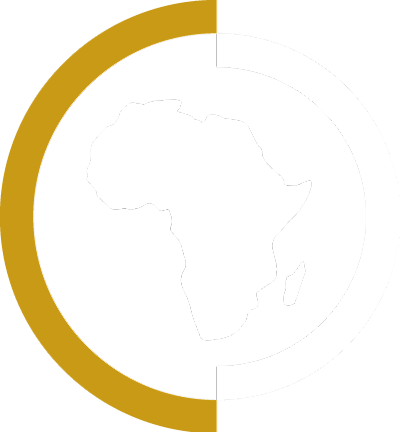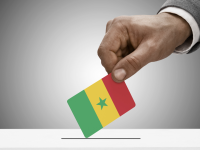To be a child in Nigeria is both beautiful and satisfying to a large extent…

Covid – 19, Africa left behind in vaccine distribution
The ongoing COVID-19 epidemic has spared few places across the planet, and the African
continent has proved no exception. Nonetheless, Africa has reported among the lowest rates
of COVID-19, which has been the cause of great speculation. One of the most commonly
cited explanations is a limited provision of testing. Especially in the nascent months of the
pandemic, access to testing materials and protective equipment were limited, both worldwide
and in Africa, giving an unclear picture of the situation. However, it is not possible to
completely attribute low COVID-19 infection rates to a lack of information and testing.
One of the key variables that has influenced the progression of the pandemic in Africa has
been demographic factors. Across the continent, but specifically in Sub-Saharan Africa, the
population is among the world’s youngest .Youthful demographics have almost certainly
contributed to lower COVID-19 mortality rates. A younger population may have also
counterintuitively hindered attempts to acquire accurate information on the spread of the
disease. This is due to a greater proportion of COVID-19 infections being asymptomatic
among younger individuals. Naturally, it is quite difficult to track and contain infections with
such a high prevalence of asymptomatic cases. Testing for the virus has also proved
challenging in remote regions and conflict zones, both in Africa and across the world.
Beyond concerns about access to testing, there are many other hypothesized explanations for
Africa’s low reported incidence of COVID-19. For instance, many (but not all) African
countries have more temperate winters. Therefore many avoided the spike in communicable
respiratory diseases associated with harsher winters in more northern latitudes. Specifically,
more temperate winters are associated with less indoor socialization. These temperatures also
are less conducive to transmission of COVID-19 relative to colder and drier air. Lower
urbanization rates may have also contributed to slower dissemination of the virus, specifically
in Sub-Saharan Africa. Urban density often entails shared public services including public
transport, large commercial venues, and recreation facilities, providing additional vectors for
virus transmission. That said, the rates of urbanization across Africa are quite diverse, with
World Bank estimates ranging as high as eighty percent in Libya to below twenty percent in
Rwanda and Burundi. Beyond the pre-existing factors that have shaped the spread of
COVID-19 in Africa, lie the policy responses undertaken by the continent’s various
governments. Many African countries have taken proactive approaches to the virus. In
particular, countries with recent exposure to other pandemics, such as the Ebola virus have
been especially aggressive at containment efforts against COVID-19. Citizens of these
countries are likely familiar with public health measures designed to contain disease, and may
be more compliant with containment regulations, such as curfews and mandated quarantines.
However, not all governments in Africa have performed optimally. Tanzania has come into
conflict with the World Health Organization regarding its failure to publicly release testing
information. Tanzania has also indicated that it is not interested in a mass vaccination
campaign. Nonetheless, the majority of African countries have demonstrated a responsible
approach to the management of COVID-19, despite various challenges they face.
Access to vaccines has been a significant challenge for many African countries.
Numerous African countries have found themselves disadvantaged by the vaccine purchasing
process, with Europe and North America acquiring much as the early supply. Logistical
concerns have also proved problematic. Many of the vaccines currently being administered
worldwide have onerous storage requirements, resulting in logistical difficulties, not only in
Africa, but worldwide. These issues with acquiring and distributing vaccines will continue to
have significant ramifications for the continent. Unequal access to vaccines will also likely
disadvantage African economies. Wealthier countries will be able to leverage a faster
vaccination campaign economically, allowing them to reopen markets while poorer
economies with slower vaccination rates will likely have to wait longer to do so. A
hypothetical example could be found in the tourism sector. Popular tourist destinations that
vaccinate quickly may attract more visitors than those that lag behind. This could prove
disruptive for many countries that are just beginning to develop a tourism industry, as well as
hurting the competitiveness of popular African tourism destinations such as South Africa and
Egypt. There also remains a serious threat to international public health, should the global
community not act to ensure equitable and timely distribution of vaccines to the African
continent. If certain regions, or countries are left behind, they may serve as viral reservoirs;
locations where the virus is still endemic and therefore liable to mutate. This has the potential
to challenge existing vaccine efficacy, contributing to the emergence of future COVID-19
variants. For optimal results, the international community must make a significant effort to
ensure that no country or region is neglected in the rollout of the vaccine. This will establish
strong foundations for social and economic recovery as well as forestalling the emergence of
viral reservoirs and variants.




